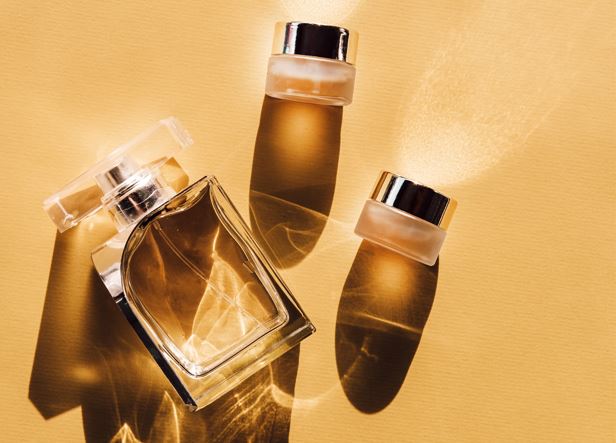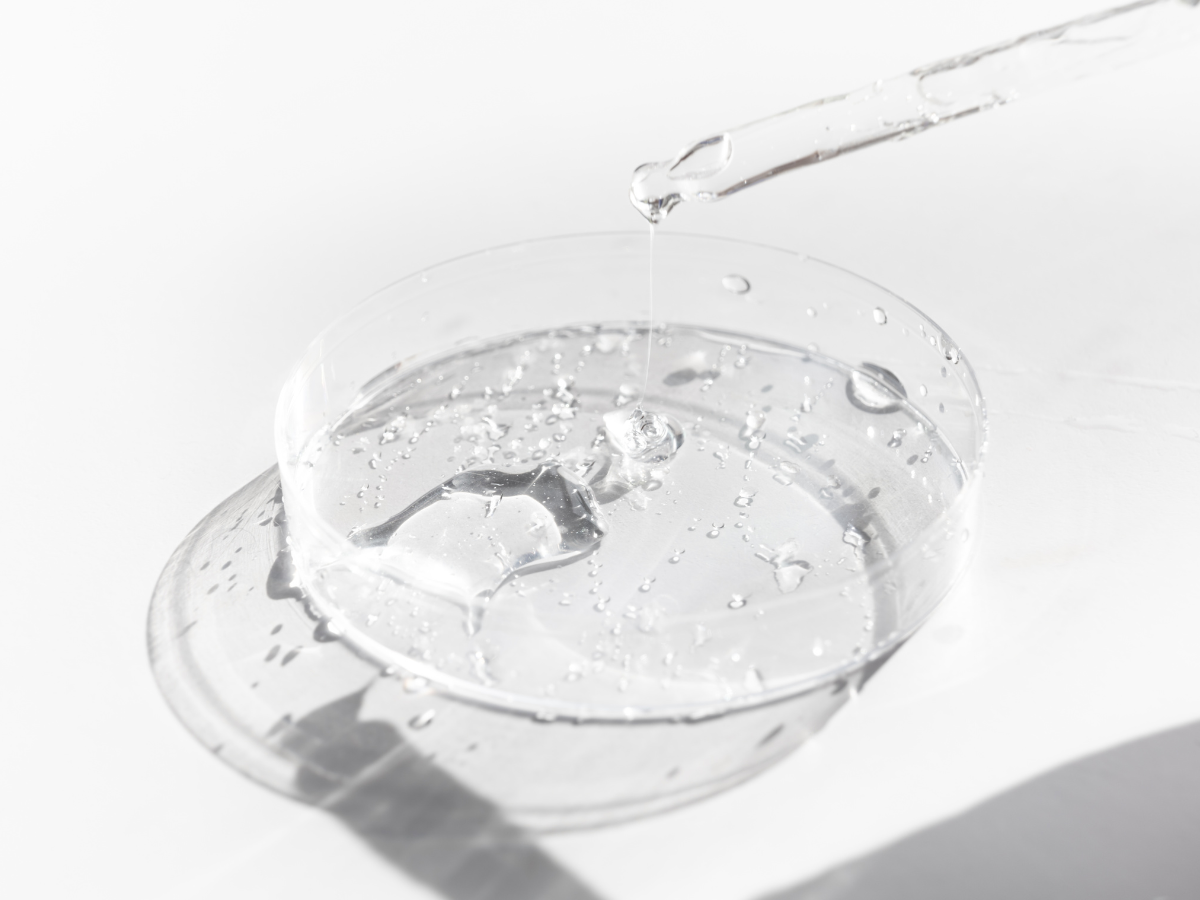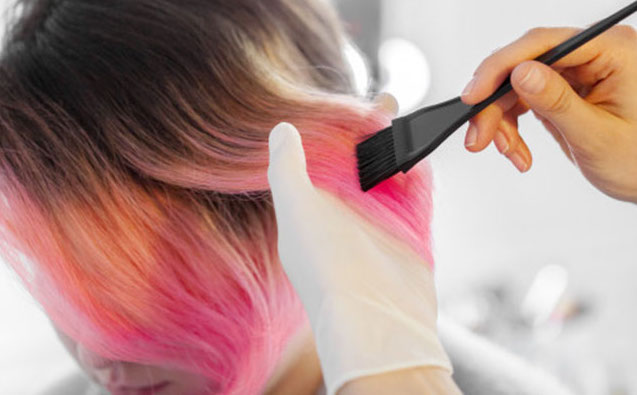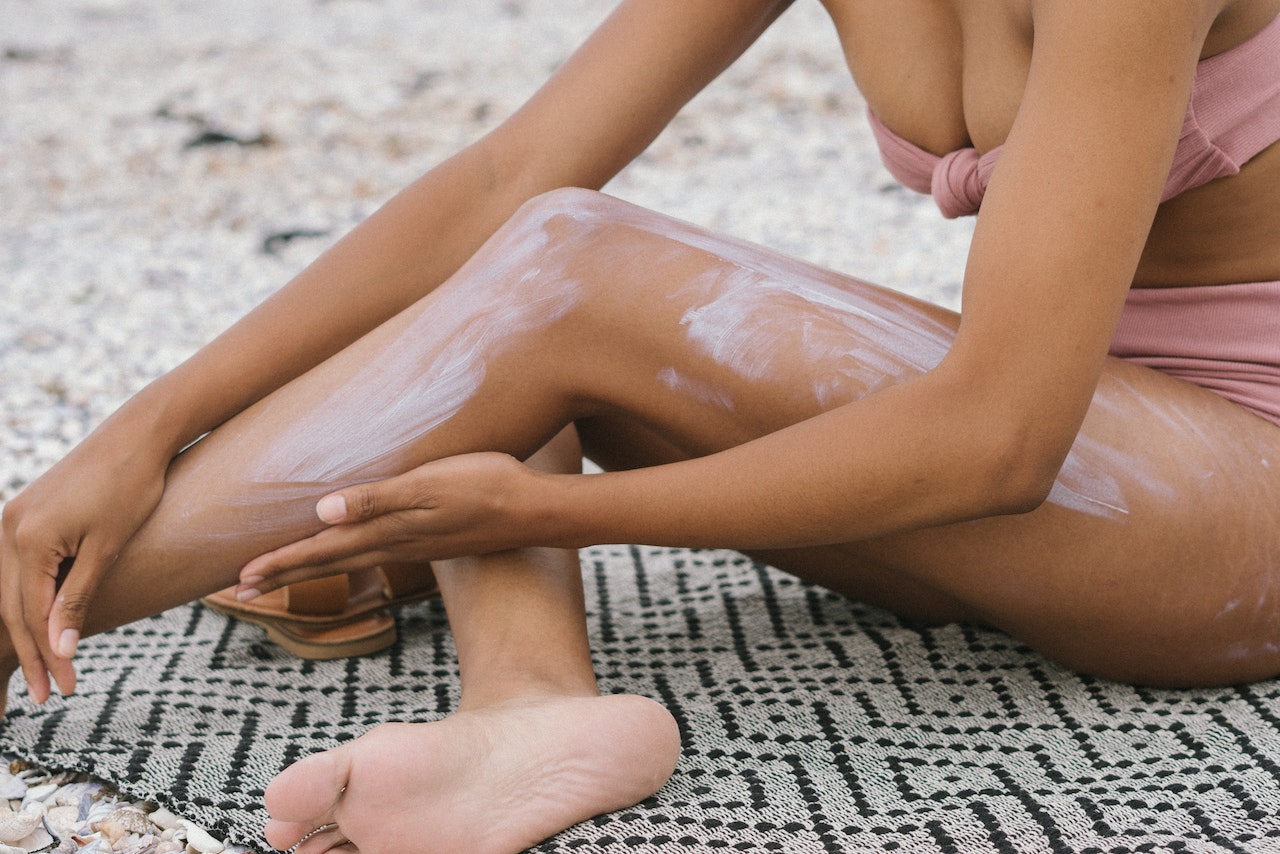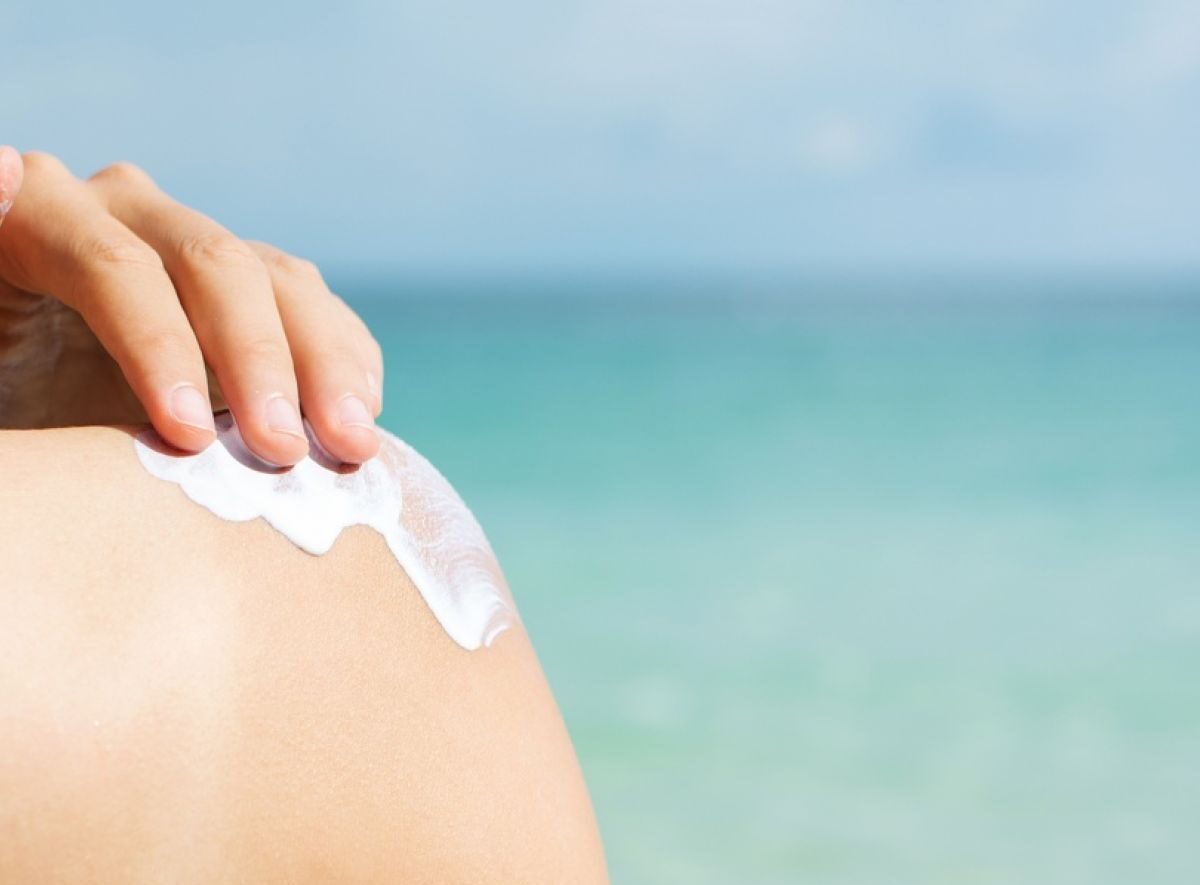CITRAL
Citral is a mixture of neral and geranial (monoterpene aldehydes) and is widely used as a fragrance and flavor ingredient in food, beverages and several cosmetic and household products. According to the European Cosmetics Regulation (No. 1223/2009), Citral is included in the list of substances which cosmetic products must not contain except subject to the restrictions laid down (Annex III, entry 70). The presence of this ingredient must be indicated in the list of ingredients when its concentration exceeds 0.001% in leave-on products and 0.01% in rinse-off formulations.
The European Commission’s Scientific Committee on Consumer Safety (SCCS) has assessed the safety of fragrance allergens in cosmetic products. The SCCS included Citral in the list of 13 allergens which are most frequently reported and well-recognized as consumer allergens.
REQUEST FOR A SCIENTIFIC OPINION ON CITRAL
The International Fragrance Association (IFRA) has developed and implemented a model for dermal sensitization quantitative risk assessment (QRA). This methodology is based on thresholds (no effect or low effect levels) established in healthy human volunteers and/or in animal experiments and a set of safety factors is applied to derive ‘acceptable exposure level’.
In 2012, it was established the International Dialogue for the Evaluation of Allergens (IDEA) with the aim of improving the risk assessment of fragrance allergens. This project reviewed uncertainty factors, introduced dermal aggregate exposure for fragrance ingredients, resulting in the QRA2 methodology. In 2018, the SCCS issued an opinion stating that it was not yet possible to use the QRA2 to establish a concentration at which induction of sensitization of fragrance is unlikely to occur.
IFRA submitted in 2021 a dossier on derived safe use levels for Citral, by applying the refined QRA2 methodology based on the induction of skin sensitization. Following the new data, the Commission requested the SCCS to assess whether the derived safe use levels for Citral by the application of the QRA2 is adequate to protect consumers.
Two questions are asked to the SCCS:
- In light of the data provided and taking under consideration the derived upper safe levels using QRA2 methodology for the sensitisation endpoint, does the SCCS consider Citral safe when used as a fragrance ingredient in cosmetic products up to the maximum concentrations provided in the dossier submission?
- Does the SCCS have any further scientific concerns with regard to the use of QRA2 to derive safe upper levels for Citral or for fragrance allergens in general?
The SCCS accepted this mandate by written procedure on 16 Febuary 2022 and a deadline of 9 months was set.
If you wish to get more information on the safety of cosmetic ingredients, feel free to contact us at info@criticalcatalyst.com.
References:
- Regulation (EC) No 1223/2009 of the European Parliament and of the Council of 30 November 2009 on cosmetic products.
- European Commission. Request for a scientific opinion on Citral (CAS No. 5392-40-5, EC No. 226-394-6) on sensitisation endpoint. 2022.
- Scientific Committee on Consumer Safety (SCCS). Opinion on Fragrance allergens in cosmetic products. SCCS/1459/11. 2012.

